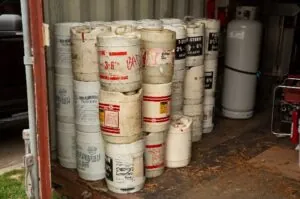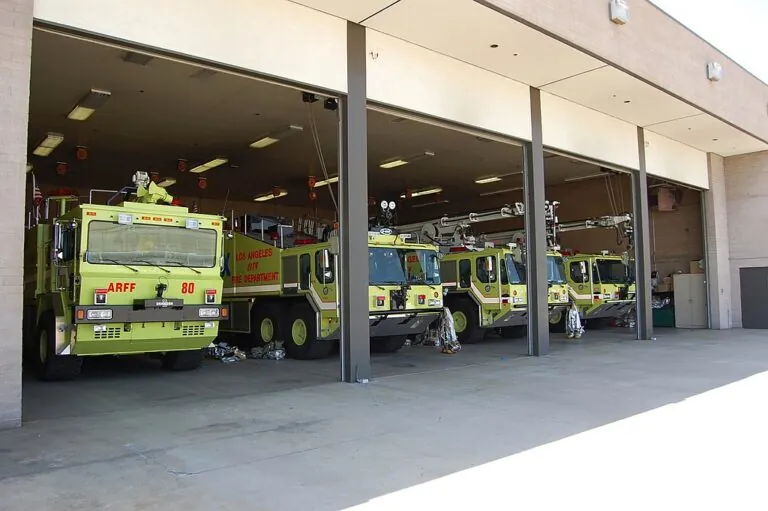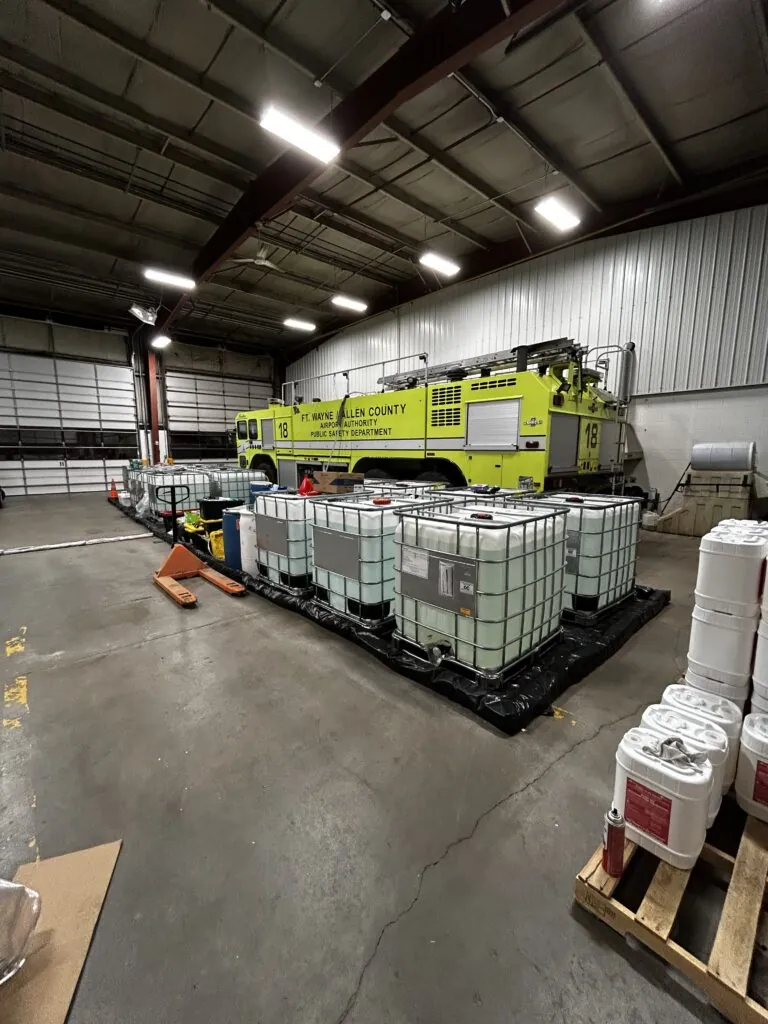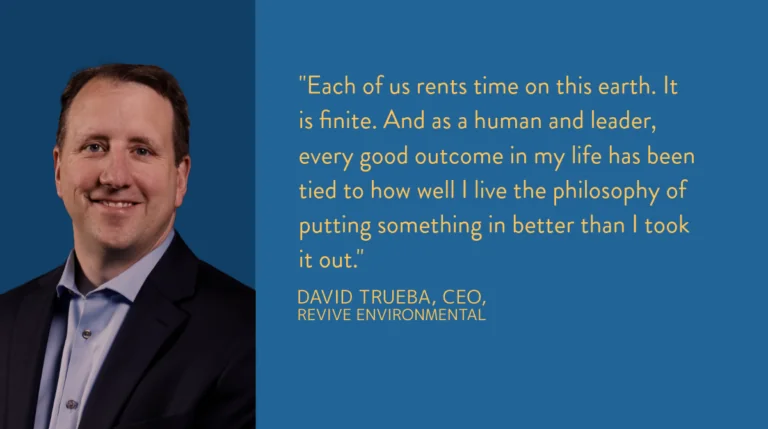How to Dispose of AFFF: Lessons from New Hampshire’s PFAS Take-Back Program
As PFAS regulations tighten across the country, fire departments, airports, and facility managers are facing a growing challenge: how to dispose of AFFF (aqueous film-forming foam) in a way that is safe, legal, and permanent.
The State of New Hampshire recently provided a model solution. Through a statewide AFFF Take-Back Program, the New Hampshire Department of Environmental Services (NHDES) partnered with Revive Environmental to collect legacy firefighting foam and initiate verified PFAS destruction using Supercritical Water Oxidation (SCWO) technology.
Why Proper AFFF Disposal Matters
AFFF has long been used to suppress fuel-based fires, particularly in military, industrial, and aviation settings. However, most AFFF formulations contain PFAS, a class of persistent and toxic chemicals now under heavy regulatory scrutiny.
Improper disposal of AFFF—whether through landfill, storage, or incineration—can result in environmental contamination, noncompliance with state and federal regulations, and long-term liability.
To mitigate these risks, disposal must go beyond containment. It must include complete PFAS destruction.
What New Hampshire Got Right: Four Key Lessons
As one of the first states to implement a full-scale AFFF take-back initiative with verified PFAS destruction, New Hampshire’s program offers clear insights for other agencies, municipalities, and organizations.
1. Statewide Coordination Creates Consistency
New Hampshire coordinated 10 regional collection events across the state. More than 125 fire departments registered to participate, resulting in the collection of over 10,000 gallons of AFFF concentrate. The use of a centralized registration process and clear guidance from NHDES helped ensure a high level of participation and compliance.
2. Prepare for Inventory Complexity

The foam collected came from more than 40 manufacturers and included approximately 250 different AFFF formulations. Some were decades old and unlabeled. Future programs should account for wide variability in product types and the need for flexible sorting and handling capabilities.
3. Public Engagement Builds Confidence
In addition to the operational success of the program, a media day and proactive public outreach efforts helped educate stakeholders on the importance of PFAS removal and destruction. The program received coverage in more than 20 media outlets and helped establish public trust.
4. Destruction Must Be Verified
Collected foam is being treated at Revive Environmental’s permitted PFAS destruction facility using the PFAS Annihilator® system. As batches are processed, each is analyzed by a third-party laboratory to confirm destruction. Participants receive a Certificate of Processing, validating that the PFAS in their inventory has been destroyed to non-detect levels.
A Proven Solution Beyond AFFF: The PFAS Annihilator®
At the center of Revive’s PFAS destruction capability is the PFAS Annihilator®—a patented treatment system that uses Supercritical Water Oxidation (SCWO) to eliminate PFAS compounds from a wide range of waste streams.
While AFFF is one of the most visible PFAS challenges, it’s far from the only one. The PFAS Annihilator is also used to treat:
SCWO technology applies extreme heat and pressure to break down the carbon-fluorine bonds that make PFAS so persistent. The result is complete mineralization into non-toxic end products: water, carbon dioxide, and inert salts. No harmful emissions, no residual PFAS, and no transfer of risk.
This is not just destruction—it’s elimination.
Additional Success Stories: Ohio and North Carolina
New Hampshire’s program is part of a growing national trend. In Ohio, Revive worked with the Ohio EPA to execute regionally coordinated take-back events that safely removed and processed thousands of gallons of PFAS-impacted AFFF.
In North Carolina, Revive was selected through a competitive process to support the Office of the State Fire Marshal and the North Carolina Collaboratory. The program began with an award of 1,000 gallons and has the potential to scale up to 60,000 gallons based on performance and capacity. Read our blog on the North Carolina project here.
These states share a common commitment: to solve the PFAS problem at its source by removing and permanently destroying AFFF stockpiles.
Serving More Than Fire Departments
Revive Environmental’s PFAS destruction services are not limited to state take-back programs. We also work with:
- Airports transitioning to fluorine-free foams
- Industrial facilities with legacy AFFF stockpiles
- Federal and DoD agencies managing phased disposal requirements
- Environmental engineering and consulting firms
Whether your organization needs on-site treatment, secure off-site transport, or compliance guidance, Revive provides scalable solutions to eliminate PFAS liabilities at the source.
A Model for Permanent, Practical PFAS Solutions
The New Hampshire AFFF Take-Back Program demonstrates that safe, effective AFFF disposal is not only possible, but scalable. With proper planning, transparent communication, and the right technology, other states and organizations can follow this example to eliminate PFAS risk from their operations.
Interested in how to dispose of AFFF in a way that meets both environmental and regulatory expectations?
Download the full New Hampshire case study to see how the program worked and what you can apply to your own operation.
To speak with a PFAS destruction expert or explore how Revive Environmental can support your AFFF disposal needs, contact us at [email protected] or call 1-833-END-PFAS.


